
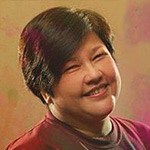
For some time now, when we commemorate the People Power Revolution of 1986, there has been criticism that it has failed us.
This has come from different groups through the years. This year, however, we have a very strange set of bedfellows. The traditional Left, of course, has been saying this for decades. These days, the Marcos loyalists, traditional enemies of the Left, are also bashing the EDSA revolution. They are joined too by pro-Duterte forces who have shifted from being buddies of the traditional Left to being their arch-rivals in the course of a year. And they have been saying the same thing.
Strange bedfellows
In a previous article, I discussed how simplistic and misguided it is to consider the EDSA revolution as being merely about the Aquinos. This, of course, suits the agenda of the Marcoses who were forced out of power by a people who could no longer stand their plunder and human rights abuses.
Nowadays, the idea that the EDSA revolution is merely about the "yellows" is also a revision of history that suits the propagandists of the Duterte government. This government, after all, hangs on to power by polarizing our people. One way it accomplishes this is by creating a class of people like drug addicts or “yellows” whom it demonizes so that the people can unthinkingly dismiss any criticism as the work of the devil.
As anyone who has criticized this narcissistic government has experienced, one immediately gets trolled for being supposedly an addict, a drug protector, or a “yellow”. I have experienced this myself, despite the fact that I have been critical of every president of the Philippines, including Emilio Aguinaldo.
Not surprisingly, many people have now decided that, if holding government accountable is yellow, then they must be yellow. (A word of caution to the spreaders of fake news and prejudice, these tools may be highly effective but they can be quite short-lived.)
The Left, of course, has a bit more substance behind the idea that EDSA has failed. They point to the continuing poverty and inequity of Philippine society. Land reform, a prerequisite to social justice and economic well-being remains an unaccomplished dream. Workers rights remain a myth. Most sadly, human rights violations have returned with a vengeance.
It may even be worse. According to an urban poor woman I know, “Dati kalabanin mo si Marcos, kalaboso ka. Ngayon mukha ka lang payat, puyat, gutom o sobrang mahirap, patay ka agad.”
(Before, if you opposed Marcos you were imprisoned. Today, if you only looked malnourished, sleepless, hungry, or impoverished, you're dead immediately.) The Marcos dictatorship resorted to torture, arbitrary arrests and detention, and summary execution of activists. It did not – as this regime is doing to those it claims are addicts – resort to mass murder.
But the traditional Left has one thing in common with the Marcos and Duterte apologists. They all blame Cory Aquino and her son, Benigno Aquino III. That is why they find themselves with very strange allies in their assessment that the People Power Revolution was a failure.
Revolutions and increments
There is another thing that the Left has in common with the Marcos apologists and the Duterte loyalists – their concept of how we achieve the changes we need. All 3 factions want an abrupt overhaul of the system. The traditional Left talks of an armed revolution. Marcos called for a “revolution from the center” and Duterte’s campaign slogan was “change is coming”.
My concept of change is one that understands that abrupt changes alone can often be catastrophic. As one farmer I met long ago told me, “Kapag tuyong-tuyo ang lupa, ang biglang bagsak ng malakas na ulan ay nakakasama pa. Inaagos at lalong nakakalbo. Mabuti pa kung ambon muna. Dahang-dahang lumalambot ang lupa at hinahanda ito para sa malakas na ulan.”
(When the soil is very dry, a sudden and strong rain makes things worse. The top soil merely gets washed away. It is better to have gentle rain first so that the ground can slowly absorb water and then it is ready to absorb the stronger rain.)
In my opinion, institutional reform and strengthening are the gentle rain necessary to ensure that we do not get swept away by a deluge. It is the strengthening of our democratic institutions and the rule of law that will ensure that genuine change does occur whether this is achieved slowly or by a radical overhaul.
What are these institutions and rules? Many of these are enshrined in our 1987 Freedom Constitution. The Commission on Human Rights and the Office of the Ombudsman, for example, are worthy institutions that are mandated by the basic charter to prevent corruption and protect the citizens.
The bill or rights which includes freedom of the press and protections against extrajudicial killings, the insulation of civil service from partisan politics, the separation of powers that ensures the checks and balances against absolute power – are safeguards that should be strengthened.
Institutional strengthening is a long process that is not glamorous nor is it the subject of political slogans. It is patient and meticulous work that demands great leaders and an active citizenry. It is something that must be achieved by generations over time.
Building institutions
Did EDSA fail? When this regime threatens press freedom, imprisons its critics, and arbitrarily kills its citizens, then it fails us and EDSA. It reverses all the steps we have taken towards democracy and progress. These steps are marked by sudden breaks such as the revolts against Spanish colonialism, the Philippine Revolution of 1896, the struggle for independence from the US, the EDSA revolution.
What is not so easily commemorated are the incremental changes that have been achieved by our people in our long struggle to be free and prosperous. The defense of human rights, the struggle for a free press, the fight against corruption, the assertion of national sovereignty – these things are not moments but are the ways by which we build trust in each other and our social institutions.
Did EDSA succeed? So long as there are people who struggle against extrajudicial killings, protest against the suppression of the media, speak out against fake news, fight against the loss of the independence of the legislature and judiciary from the executive – then EDSA has not failed us and we have not failed ourselves. – Rappler.com


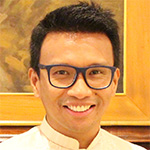

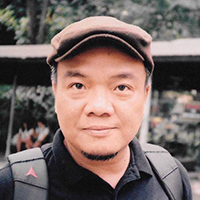 (Dahil pinagsalita ako noon tungkol sa “kahalagahan ng social media literacy sa laban against fake news” sa UP Diliman College of Mass Communication)
(Dahil pinagsalita ako noon tungkol sa “kahalagahan ng social media literacy sa laban against fake news” sa UP Diliman College of Mass Communication)
 One of the things that the Tax Reform for Acceleration and Inclusion (Train) Law does is put a price on carbon.
One of the things that the Tax Reform for Acceleration and Inclusion (Train) Law does is put a price on carbon.
 In a recent meeting of businessmen, socioeconomic planning Secretary Ernesto Pernia admitted that China’s infrastructure loans are more expensive than Japan’s.
In a recent meeting of businessmen, socioeconomic planning Secretary Ernesto Pernia admitted that China’s infrastructure loans are more expensive than Japan’s.

 This year’s EDSA People Power anniversary was marked by widespread protests against President Rodrigo Duterte’s push for Charter Change. And with good reason.
This year’s EDSA People Power anniversary was marked by widespread protests against President Rodrigo Duterte’s push for Charter Change. And with good reason.
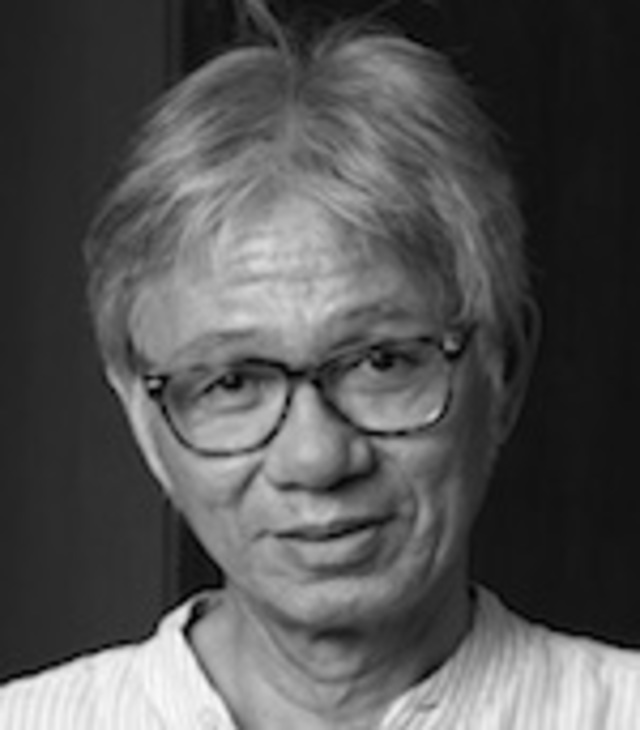

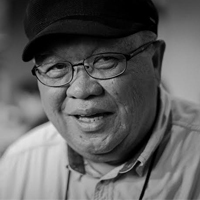




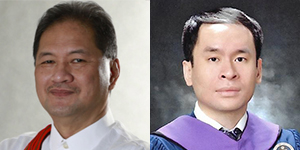








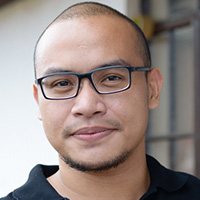 On November 2, 2017, the World Economic Forum (WEF) released its Global Gender Gap Report for 2017. It is unfortunate that the Philippines slipped by 3 spots from number 7 to number 10, primarily due to its worsening performance on wage equality for similar work indicator, which dropped from 7th to 21st.
On November 2, 2017, the World Economic Forum (WEF) released its Global Gender Gap Report for 2017. It is unfortunate that the Philippines slipped by 3 spots from number 7 to number 10, primarily due to its worsening performance on wage equality for similar work indicator, which dropped from 7th to 21st.



